Click on the map below to learn more
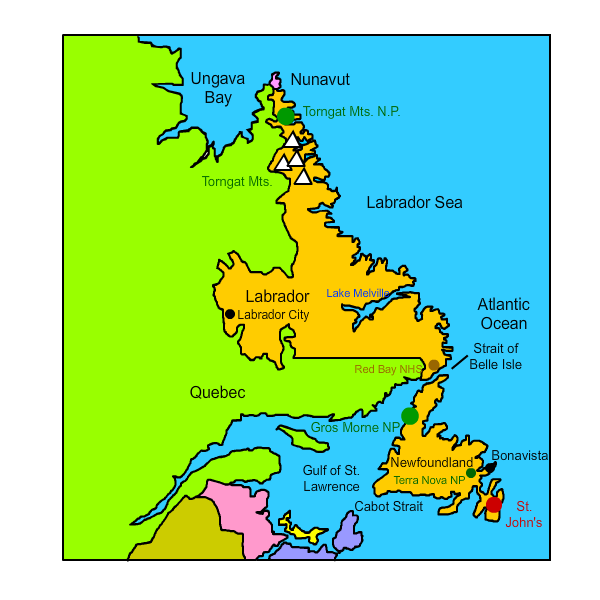
 |
Torngat Mountains National ParkTorngat Mountains National Park is the largest national park in Atlantic Canada and the only national park in Labrador. The word "Torngat" comes from the native word "Torngait" which means place of spirits. The Torngats are the highest mountains in Canada east of the Rockies. Torngat National Park features an incredible variety of wildlife including foxes, wolves, black bear, caribou, and polar bears. Its remote location results in few visitors, but those that make the trip enjoy the park's kayaking, hiking, and rock scrambling opportunities. Furthermore, it is only open for about five weeks every year. |
| Back to Map | |
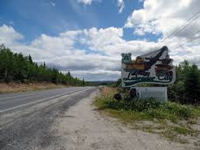 |
Labrador CityWith a population of about 9,350, Labrador City is one of the largest cities in Labrador. Labrador City and nearby Wabush are often referred to as "Labrador West." Nicknamed "land of the hard-working people," Labrador City was established by the Iron Ore Company of Canada in the 1960s around the region's rich iron ore mines. Despite its small size, Labrador City features Labrador's only Wal-Mart. It also has its largest shopping mall. Labrador City is inundated with precipitation most of the year due to its location amidst the Icelandic Low - an area of low pressure that causes snowy, windy conditions in the winter and cool, wet conditions in the summer. |
| Back to Map | |
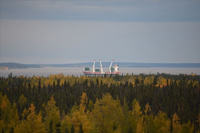 |
Lake MelvilleLocated in eastern Labrador, Lake Melville is actually considered a saltwater tidal extension of Hamilton Inlet. The lake covers an area of about 1,185 square miles and reaches a maximum depth of nearly 900 feet. It was named for the 18th century British politician Viscount Melville. The lake is surrounded by jagged mountains and hills and has supported nearby Inuit communities for generations. |
| Back to Map | |
 |
Red Bay National Historic SiteRed Bay was once a major whaling center established by Basque whalers from France and Spain in the 1500s. Whalers would leave Red Bay for the Strait of Belle Isle, where they would hunt bowhead and right whales. The oil harvested from the whales was sold for great sums of money and was said to have lit the oil lamps on European roads. After about 70 years, the site was abandoned, likely because of overhunting. Red Bay gets its name from the red granite cliffs that rise above the water. The recent discovery of two sunken whale vessels in Red Bay led to its establishment as a UNESCO World Heritage Site in 2013. Today visitors can see the remains of the whaling stations, temporary living quarters for the whalers, harvesting ovens, cooperages, and a cemetery. |
| Back to Map | |
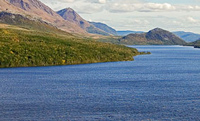 |
Gros Morne National ParkLocated on the west coast of Newfoundland, Gros Morne National Park is the second largest national park in Atlantic Canada. The name "Gros Morne" means "large mountain standing alone" in French. It was dedicated as a national park in 2005. The park is well-known for its unusual land formations, exposed oceanic crust and mantle rock. The region of the park known as the Tablelands resembles a barren, reddish desert, but is thought to be periodite that was forced up from tectonic collisions hundreds of millions of years ago. The park also features lakes, fjords, and waterfalls. The water of the Western Brook Pond is believed to be some of the purest fresh water in the world. In addition, the park has booming populations of moose, caribou, and even arctic foxes. |
| Back to Map | |
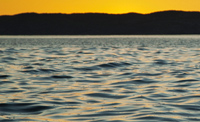 |
Terra Nova National ParkTerra Nova National Park is Canada's easternmost national park and Newfoundland's first national park. It was founded in 1957. "Terra Nova" is the Latin word for "Newfoundland." The park features towering cliffs overlooking the ocean and magnificent boreal forests, bogs, and wetlands. The park is home to wildlife such as black bear, coyotes, foxes, moose, caribou, bald eagles, puffins, and many others. Its coastal waters provide habitat for several species of whales and dolphins, including orcas. |
| Back to Map | |
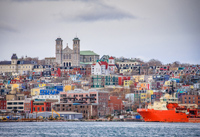 |
St. John'sWith a total population of about 219,000, St. John's is the largest city in Labrador and Newfoundland. It is the easternmost city in North America. It is thought to have been named by Italian explorer John Cabot after the Nativity of John the Baptist. In 1762, the last battle of the French and Indian War, called the Battle of Signal Hill, was fought in St. John's. In the battle, French forces surrendered to the British under the command of Jeffrey Amherst. Additionally, St. John's served as a naval base during the American Revolution and the War of 1812. Today, St. John's has recovered from the devastating decline of the cod fishing industry, which supported the region for hundreds of years. It is the foggiest and cloudiest city in Canada and typically gets nearly 150 inches of snow in the winter. Downtown St. John's is full of colorful rowhouses and properties, and hence, is sometimes referred to as Jellybean Row. |
| Back to Map | |
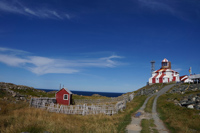 |
BonavistaBonavista is a small town built on an open plain on the east coast of Newfoundland. It's population is about 3,590. The town's population has declined by over 1,000 people since 1991. In 1497, Italian explorer John Cabot (who was working for the British Crown) was said to have uttered the words "O Buon Vista" upon sighting the area, which means "Oh happy sight" in Italian. Parks, roads, and even a stadium in Bonavista are named for John Cabot. In its early history, Bonavista was an important staging ground for seal hunters and fisherman in the 16th and 17th centuries. Fishing rights in the area would be a source of tension between the French and English until the French lost control of Canada after the Seven Years War. Today, Bonavista is a popular location for which to view whales, icebergs, and puffins. |
| Back to Map | |
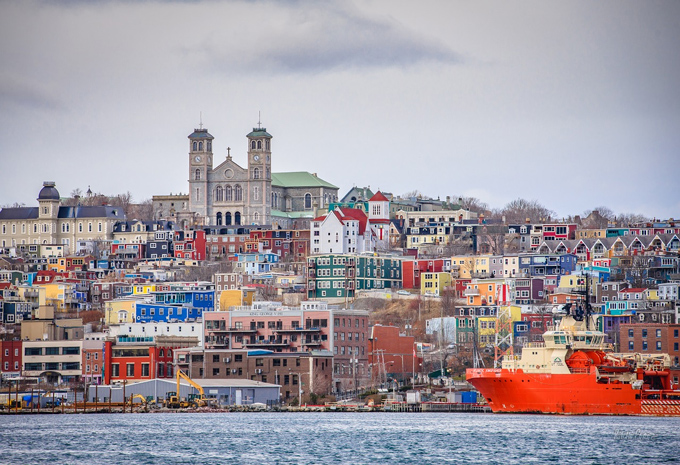 |
|
| St. John's | |
| Population: | 522,537 |
| Area: | 156,650 sq. miles |
| Capital City: | St. John's |
| Largest City: | St. John's |
| Currency: | Canadian Dollar |
| Official Language: | English |
| GDP (Gross Domestic Product) | $33.624 Billion |
|
|
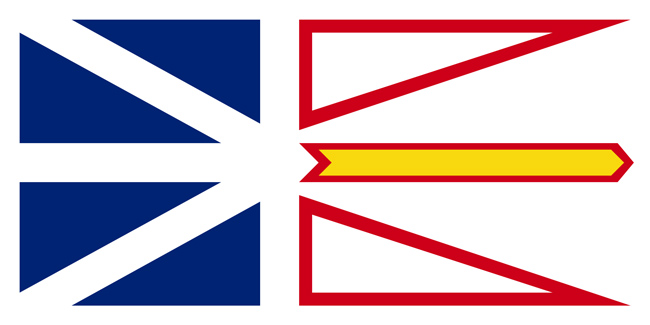 |
|
| The Labrador and Newfoundland flag was adopted in 1980 and designed by an artist from Newfoundland. The white represents the region's snow and ice, the blue represents the ocean, the red represents the struggle for human success and the gold represents the confidence of the people. The design itself is a cross between native symbols and the English Union Jack. | |